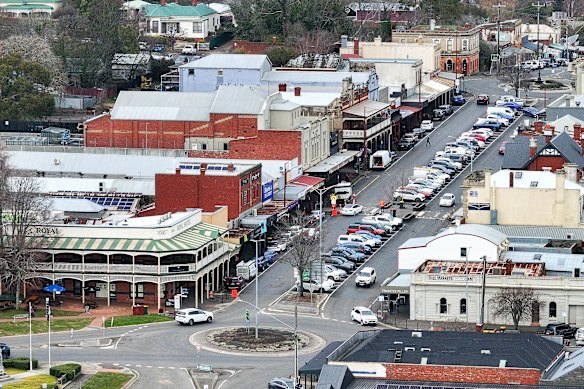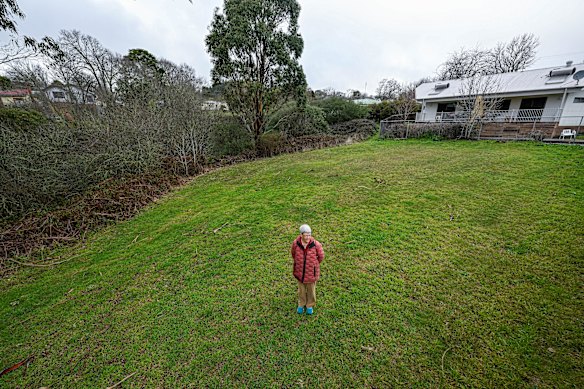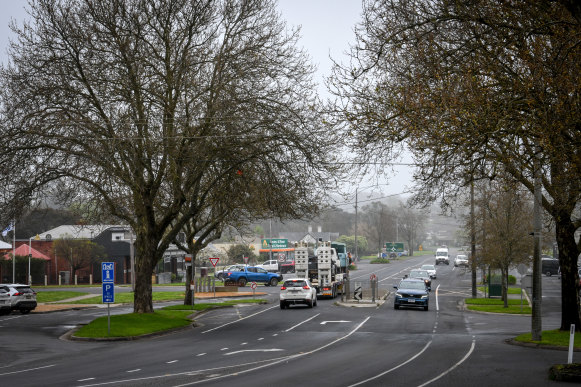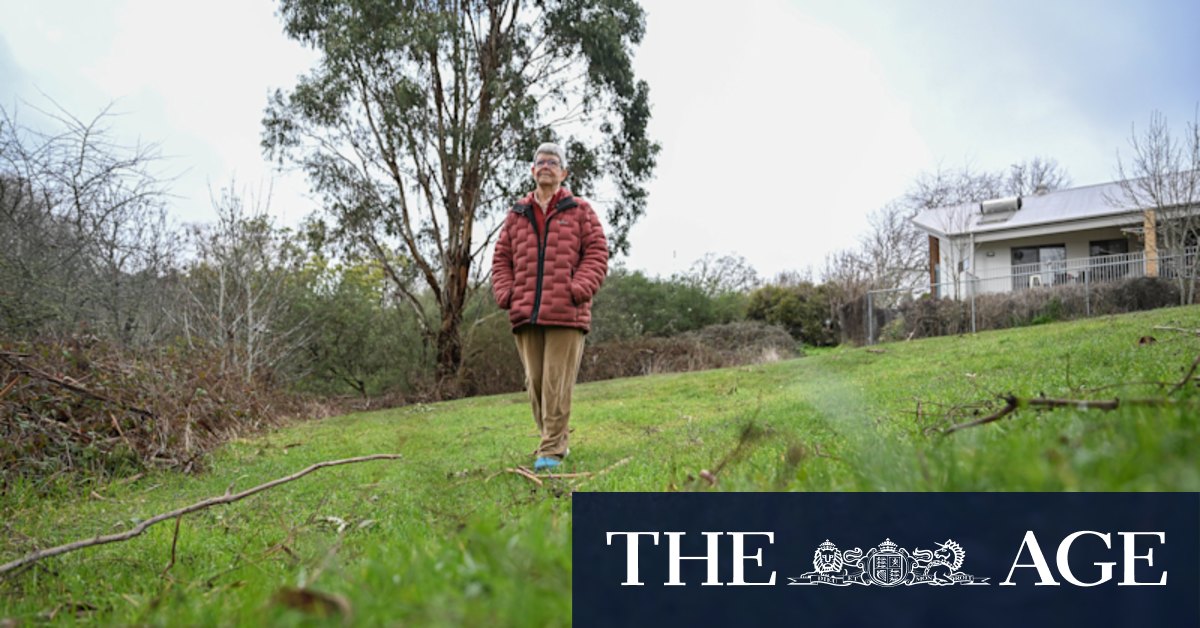Her group is also trying to establish a pilot project seeking home owners who are willing to host a small second dwelling on their land.
She said the pilot could help tackle social isolation – a major contributor to depression and mental health problems. “It doesn’t have to be that way,” she said.
Hepburn Shire will ask for expressions of interest from developers and housing groups for one property in Clunes, one in Daylesford and another in Creswick.
Council officers found the Daylesford site, on Raglan Street, offered the best opportunity for affordable housing. It has about 2540 square metres of developable land within a total parcel of 7717 square metres.
Their report said the Creswick and Clunes properties were below the 600-square-metre threshold but abutted land owned by the state government – the Department of Energy, Environment and Climate Action – which increased their potential for affordable housing.
The officers said initial conversations with the government about the Creswick and Clunes properties indicated in-principle support for a continued partnership. But the officers recommended that all three properties be progressed as standalone sites for affordable housing due to complexities that made working with the government unlikely.

Daylesford is immensely popular with holidaymakers but finding a home there has become increasingly expensive. Credit: Joe Armao
Councillors endorsed the plan to begin offloading the properties at a meeting last week. It also includes starting the process for potentially putting a further property in Daylesford, two in Creswick and one in Clunes up for sale on the open market. They range in size from about 290 square metres to 16,245 square metres.
However, the council must consider community feedback before it can declare the parcels of land surplus to its needs and dispose of them.
In May, Hepburn Shire confirmed it was facing a $4 million annual cash shortfall as it revealed plans to increase its rates by 10 per cent. The rise infuriated many residents.
Hepburn Shire chief executive Bradley Thomas said the council did not need the seven properties, so it was looking at how it could better use them to increase housing and help repair the council’s budget. He said there was room for multiple dwellings on the council sites.

Mary-Faeth Chenery believes people are becoming open to higher-density living in Daylesford. Credit: Joe Armao
“They make sense for affordable housing because they’re close enough to town.”
The council has not yet defined what it means by “affordable housing”, which Thomas described as a broad term.
Thomas said it would have been better if the state government was willing to sell its sites adjoining council land together with Hepburn Shire so that more affordable housing could be built: “There would be better bang for their buck for developers.”
A spokesman for the Environment Department said it had not received any formal assessment requests for sites in Creswick or Clunes and would continue working with Hepburn Shire on its planning for affordable housing.
It is unclear how much the four other properties might fetch on the open market. Thomas said the council was proposing they be sold to the highest bidder, “then we would put that money back into other projects”.
Michael Lennon, industry professor of regional housing and planning at the University of South Australia, said there were many definitions of affordable housing, but one common model included households paying no more than 30 per cent of their income, with tenants chosen from the bottom 40 per cent of income earners.

Hepburn Shire wants to build more affordable housing and sell some council land in Creswick. Credit: Eddie Jim
He said house prices in regional areas – particularly those in scenic locations popular with tourists – were beyond the reach of many low and middle-income earners.
Inflation, lack of builders and more restricted lending practices by banks in regional Australia were contributing to housing shortages in regional areas, Lennon said.
“All of those create major challenges,” he added.
Start the day with a summary of the day’s most important and interesting stories, analysis and insights. Sign up for our Morning Edition newsletter.
